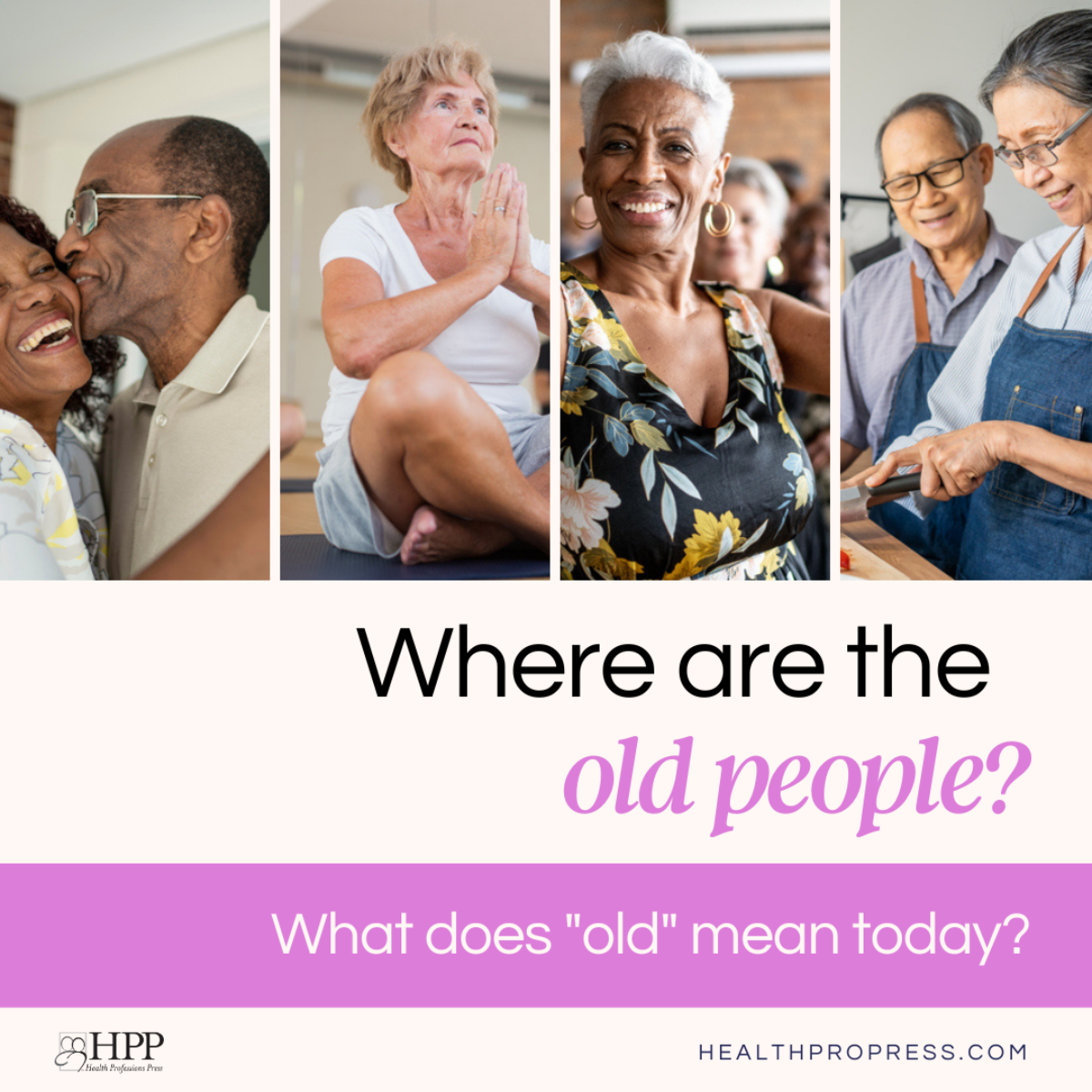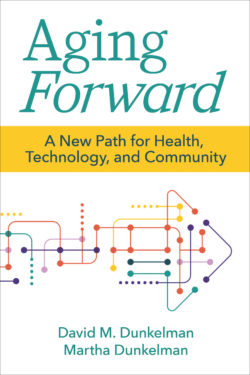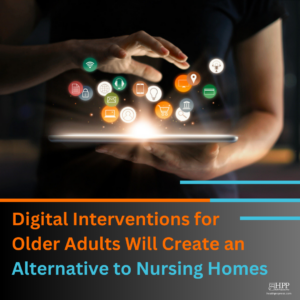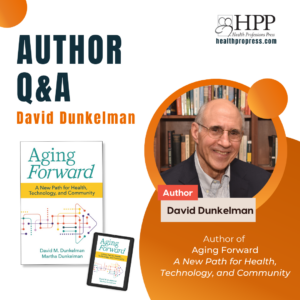
Where Are the Old People?
What does “old” mean today?
We usually do not perceive the changes in our environment that are lengthening life and the dramatic effects of increased longevity. If we look around for what, in loose talk, we call “old people” who fit the outdated stereotype, we will see a few. If we look around instead for “adults over 70,” we will find a lot more. In 1950, 70 was old. Now, that’s no longer true. So, what does “old” mean today?
New Experiences at Older Ages
A very accomplished, active 89-year-old friend recently had heart bypass surgery, quickly recovered, and told me how astounded he was that he didn’t feel as if he was 89. In fact, this is how 89 often feels today. Many older adults are healthy and vigorous, sailing and hiking and dancing at romantic getaways. They are drinking coffee, joking in a noisy supermarket, swimming laps in a pool, or driving home to walk the dog. Many older people are now keenly aware that good physical fitness keeps them safer, more alert, happier, and probably alive longer. They work out; compete in sports; diet; undergo cosmetic surgery; and spend time outdoors jogging, gardening, and golfing.
A small fraction of those who fit our outdated profile of old still exists. We still find elderly women in shawls rocking on their porches, but not as many of them as before. There are some frail women laying in nursing home beds, or what we called fragile old folks leaving church leaning on the arms of their 65-year-old sons and daughters. But these “old” adults are a small percentage of the aging population, and these days they are more likely to be 95 than 75.
Some of the interventions introduced recently into the physical world have contributed to this new profile of an older adult. We have reduced the effect of some diminished abilities that can come with advanced age by making the built environment more ergonomically friendly to aging gaits and grips. Accommodations for mobility, such as curb cuts and wider doors, have brought many older adults out among us. Medicine relieves the pain and treats the symptoms of some chronic conditions. Joint replacements are a particularly important factor in the changing presentation of those who are old in years but not in appearance or activity. The older person struggling to walk looks older than the same individual taking a stroll after a hip replacement. Many of those with replacement parts will not be perceived as old anymore.
The physically fit white-haired jogger who vigorously circles the block every day does not register as old by former standards. The older gentleman with the knotted biceps at the helm of his sailboat in an ad for an investment management company and the older woman whacking tennis balls in an ad for arthritis medication have no place in our old-fashioned definition of old. They won’t be found in rocking chairs. They have disappeared from their porches and gone out into the crowd.
We have an explosion of individuals whose presence is having an enormous influence on our society, even though we are not always aware of their impact. We need to find new and better ways of providing older adults with safety, care, and activity. Because the modern era enables so many to live long enough to accumulate chronic conditions, most adults are going to need interventions, even though they may need them much later than has been the case in previous generations. Since there are so many more of them, the challenge will be enormous. The way to achieve those goals is by using the technology of the modern Digital Age instead of Industrial Age models. The result will be a less costly and happier existence for our oldest generation.
This post was excerpted from Aging Forward: A New Path for Health, Technology, and Community by David Dunkelman and Martha Dunkelman, copyright © 2023 by Health Professions Press.
Read the book
 Aging Forward
Aging Forward
A New Path for Health, Technology, and Community
By David Dunkelman, J.D., M.S., and Martha Dunkelman, Ph.D.
Copyright © 2023 by Health Professions Press
America has an aging challenge. As baby boomers enter advanced age, the shortfalls of our current care delivery systems are increasingly clear. If nothing changes, we are woefully unprepared for a world with more older adults than ever before. Aging Forward confronts this inconvenient reality and provides a life raft—a vision for the future with achievable solutions.




Add comment